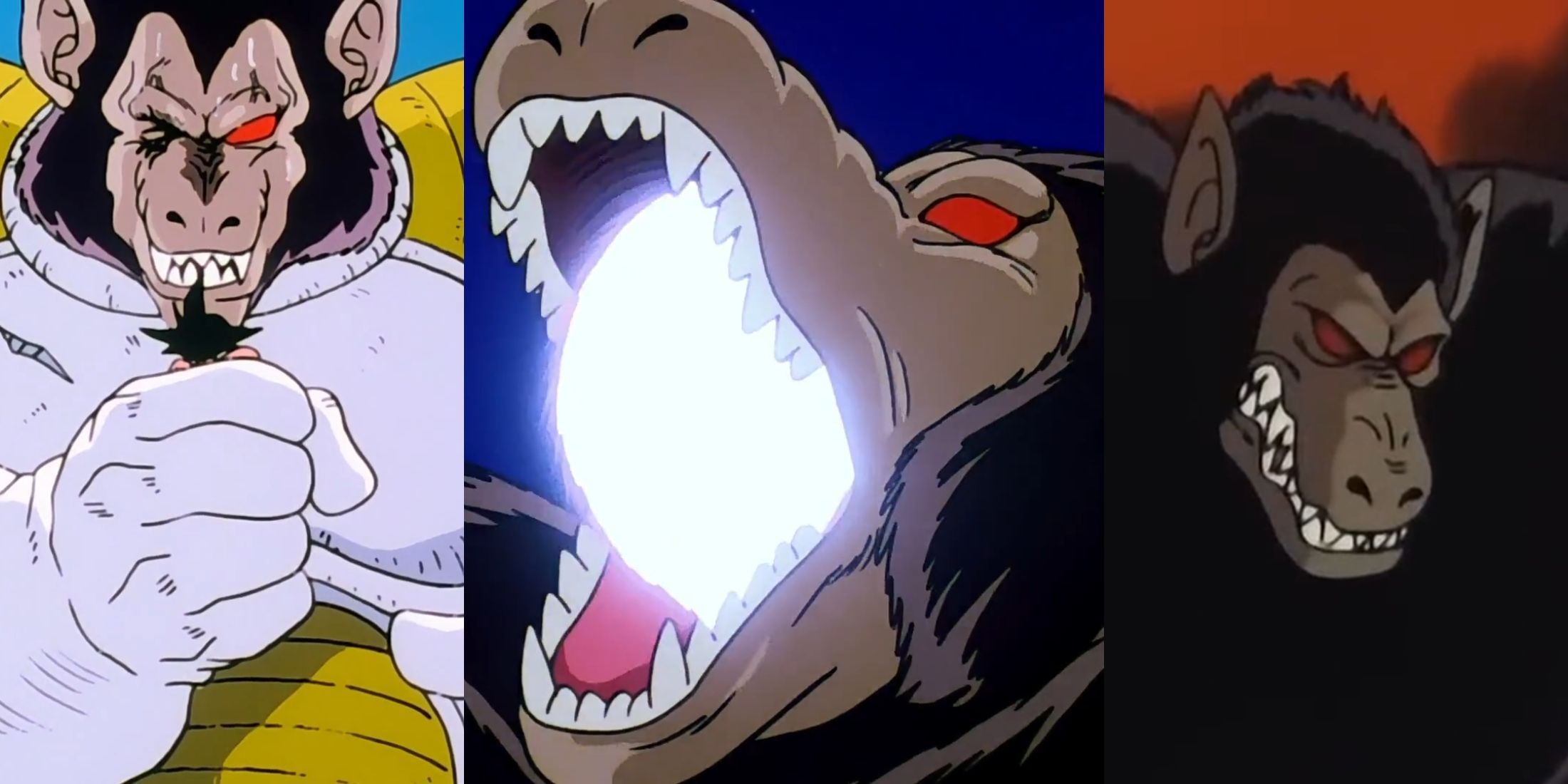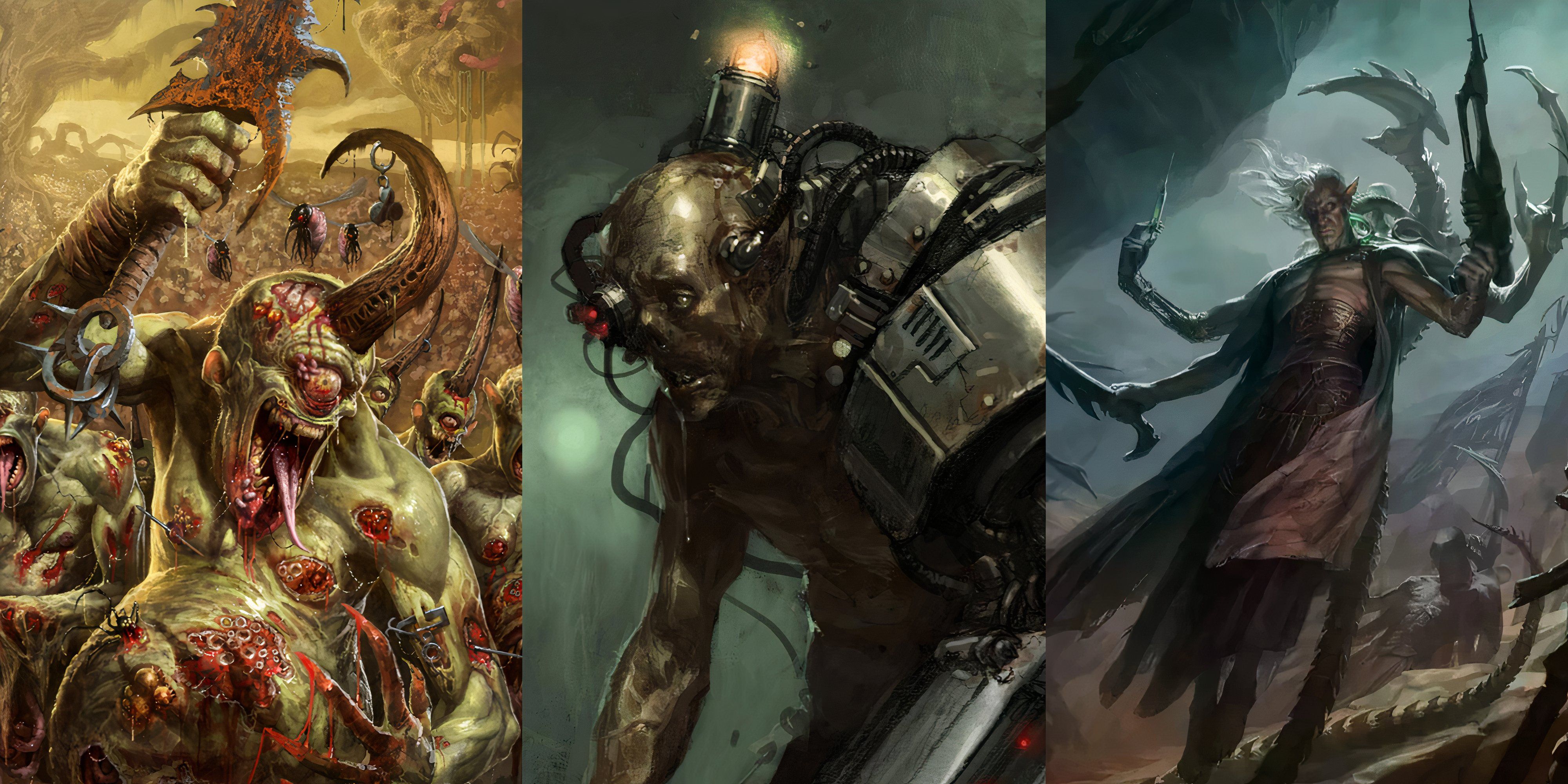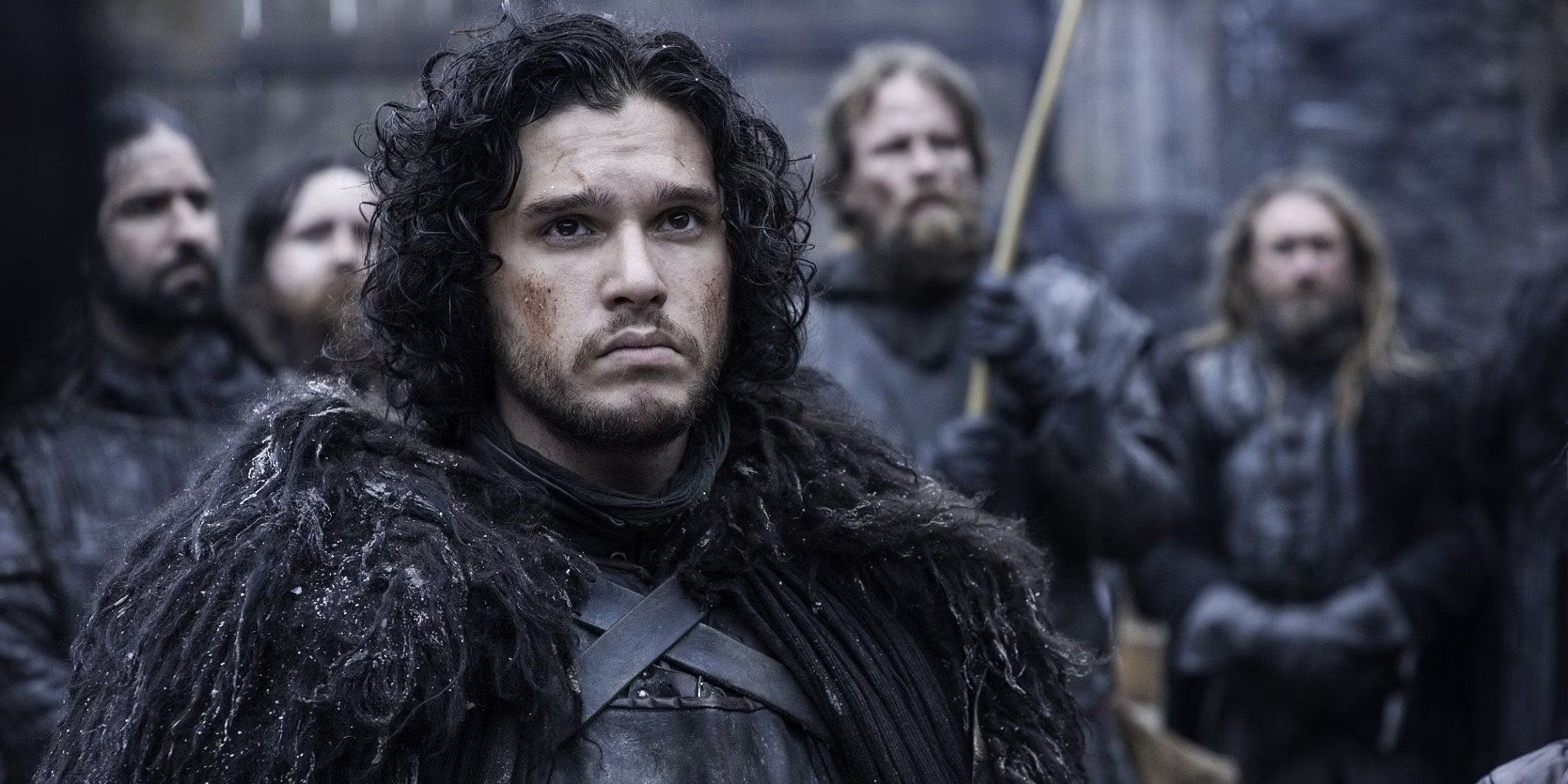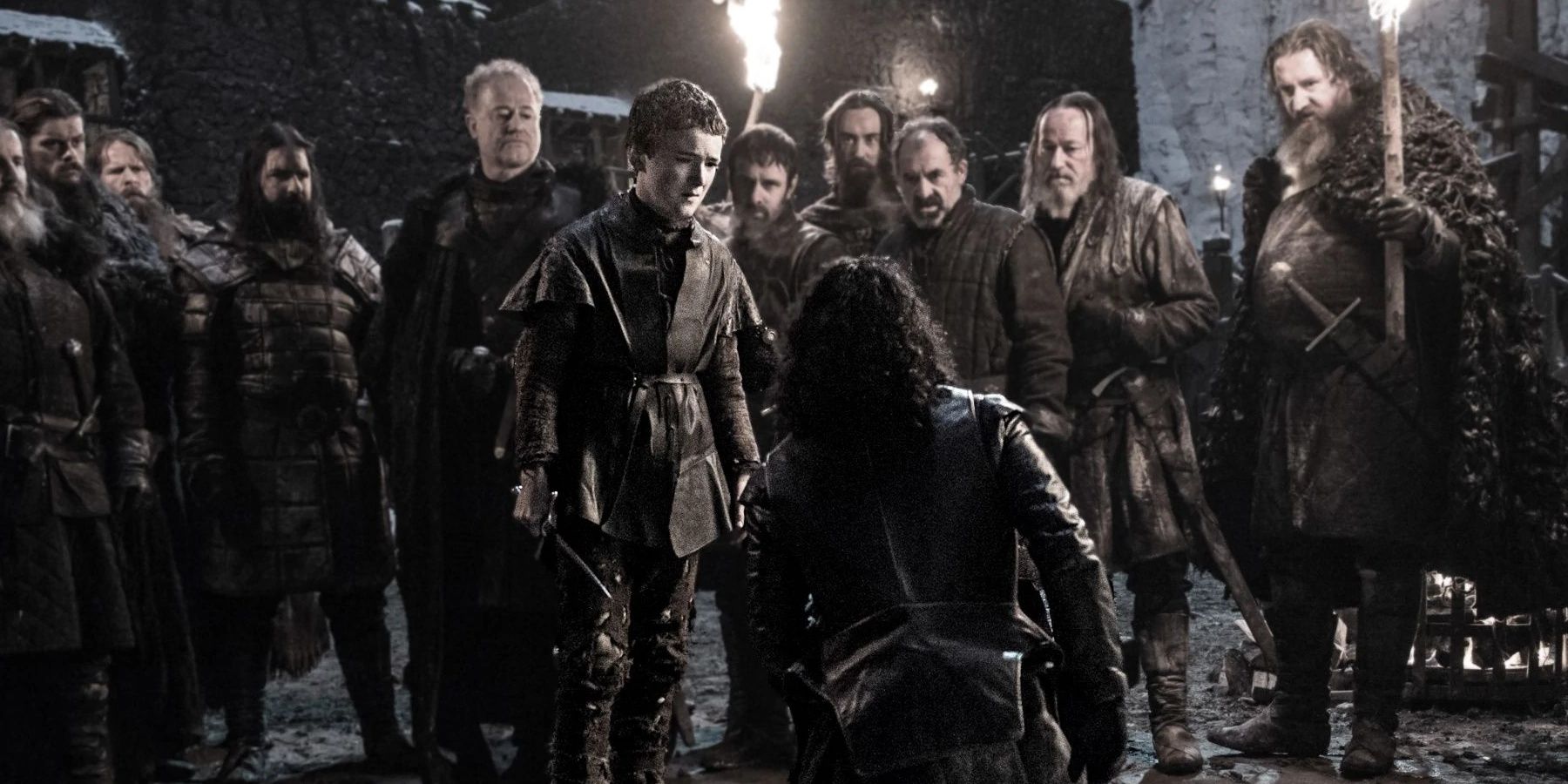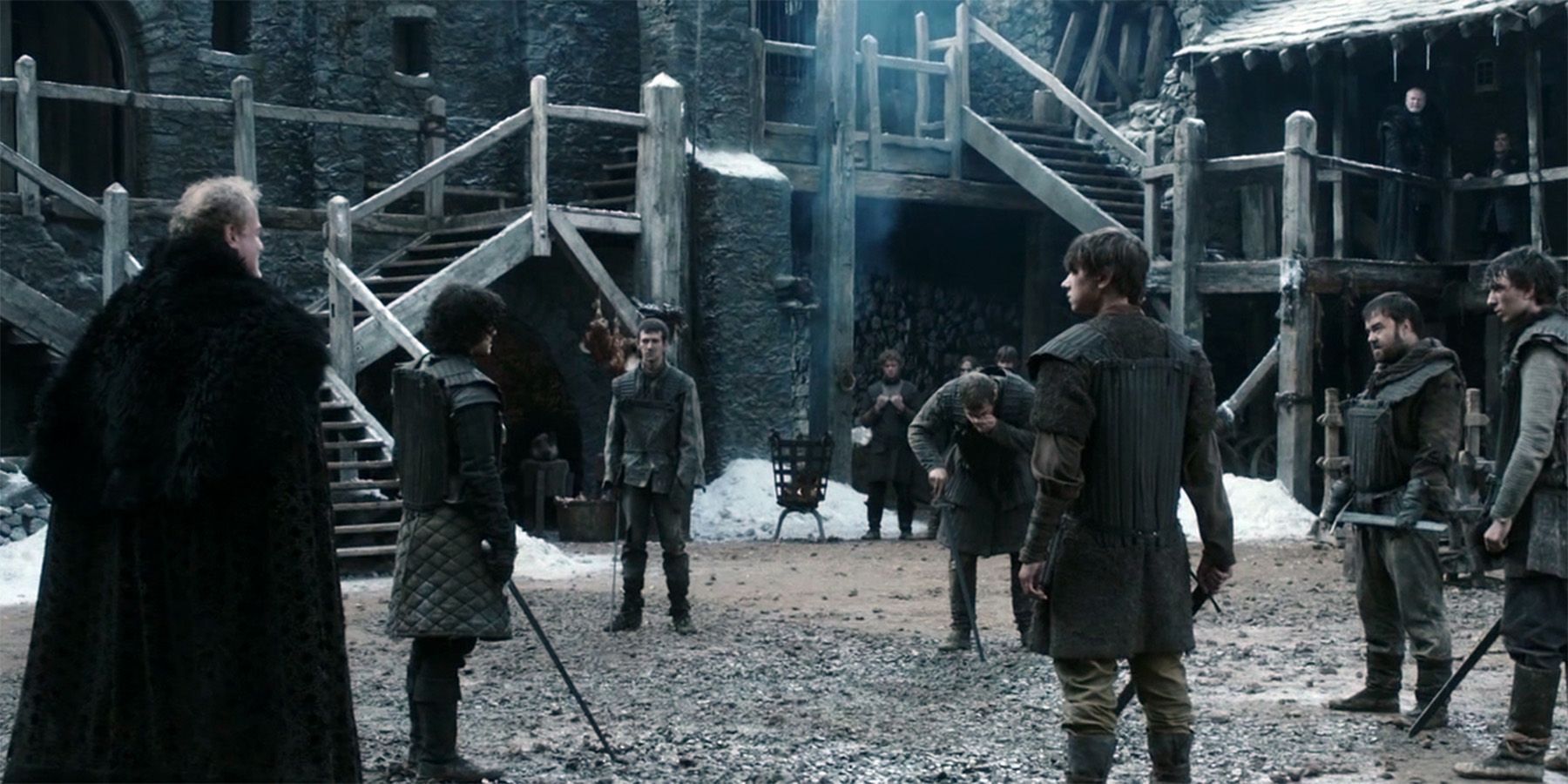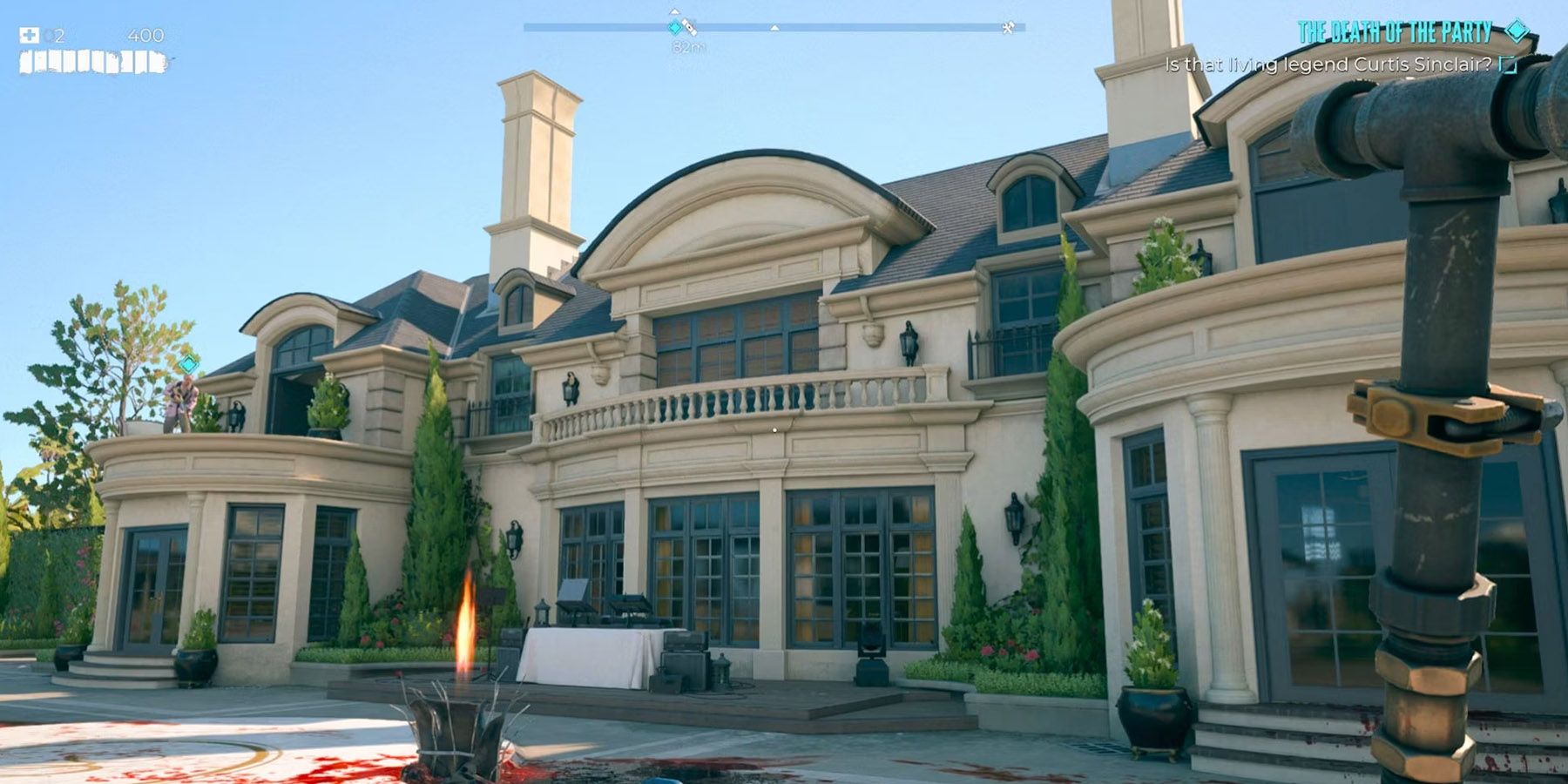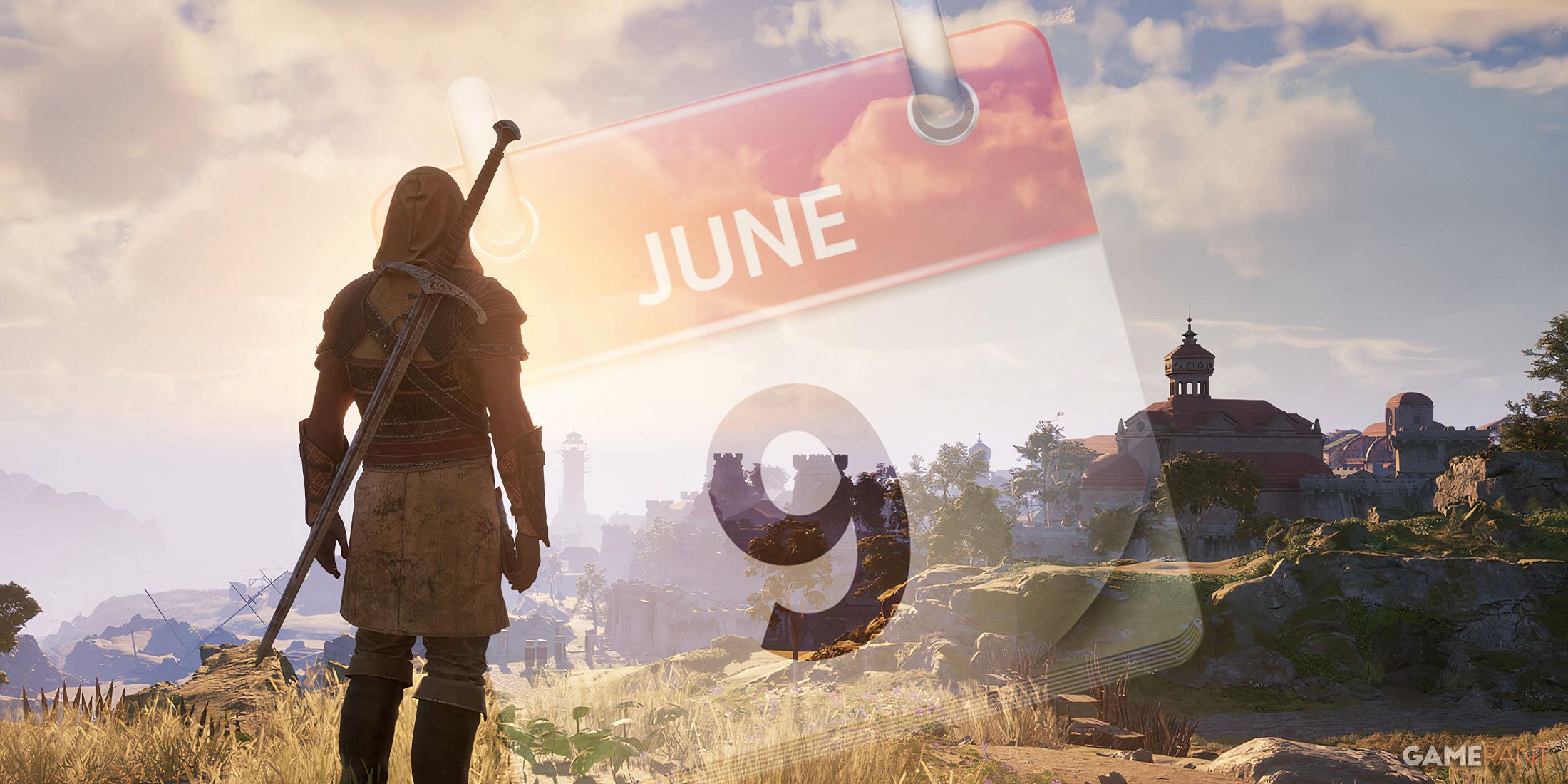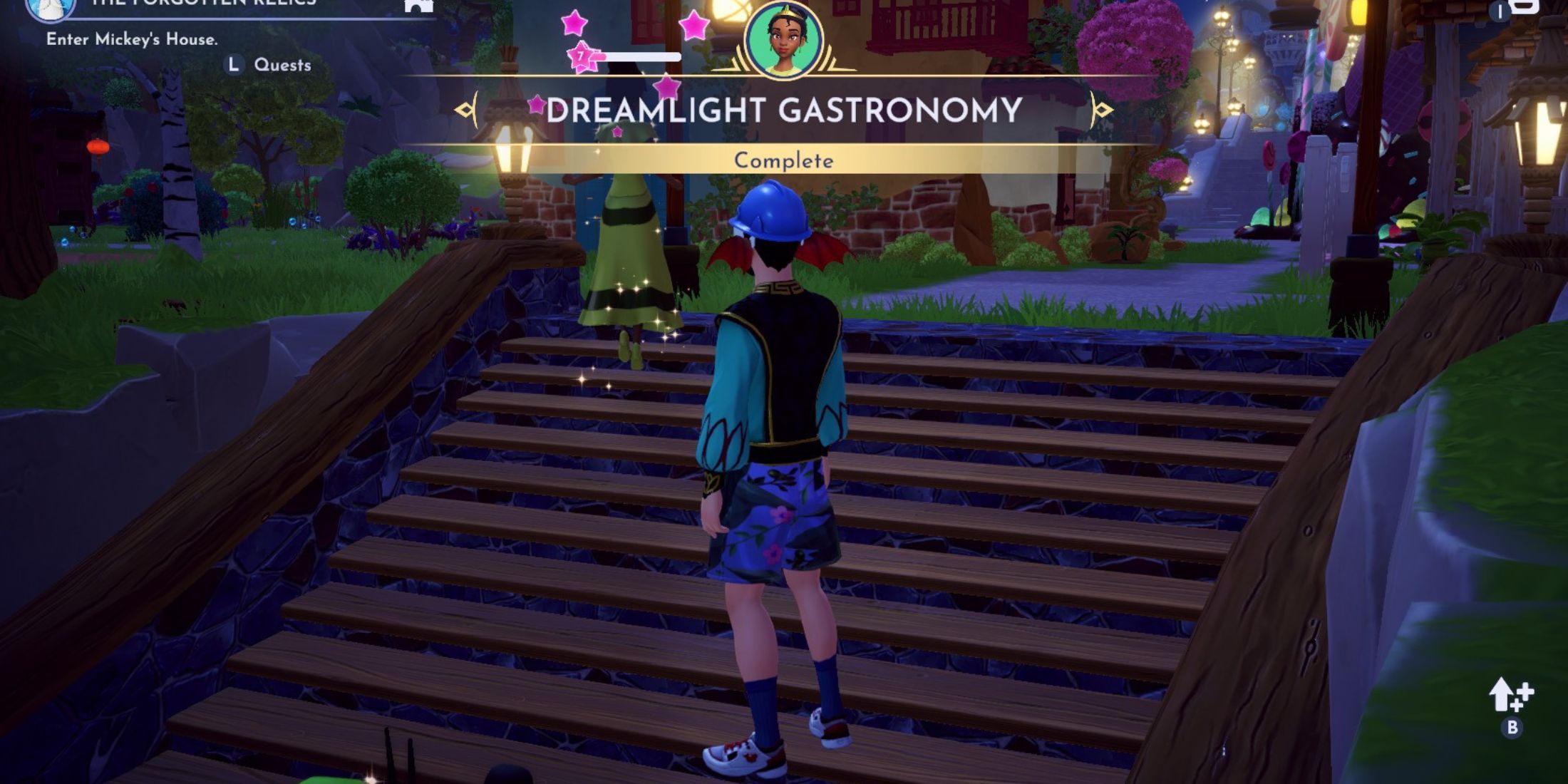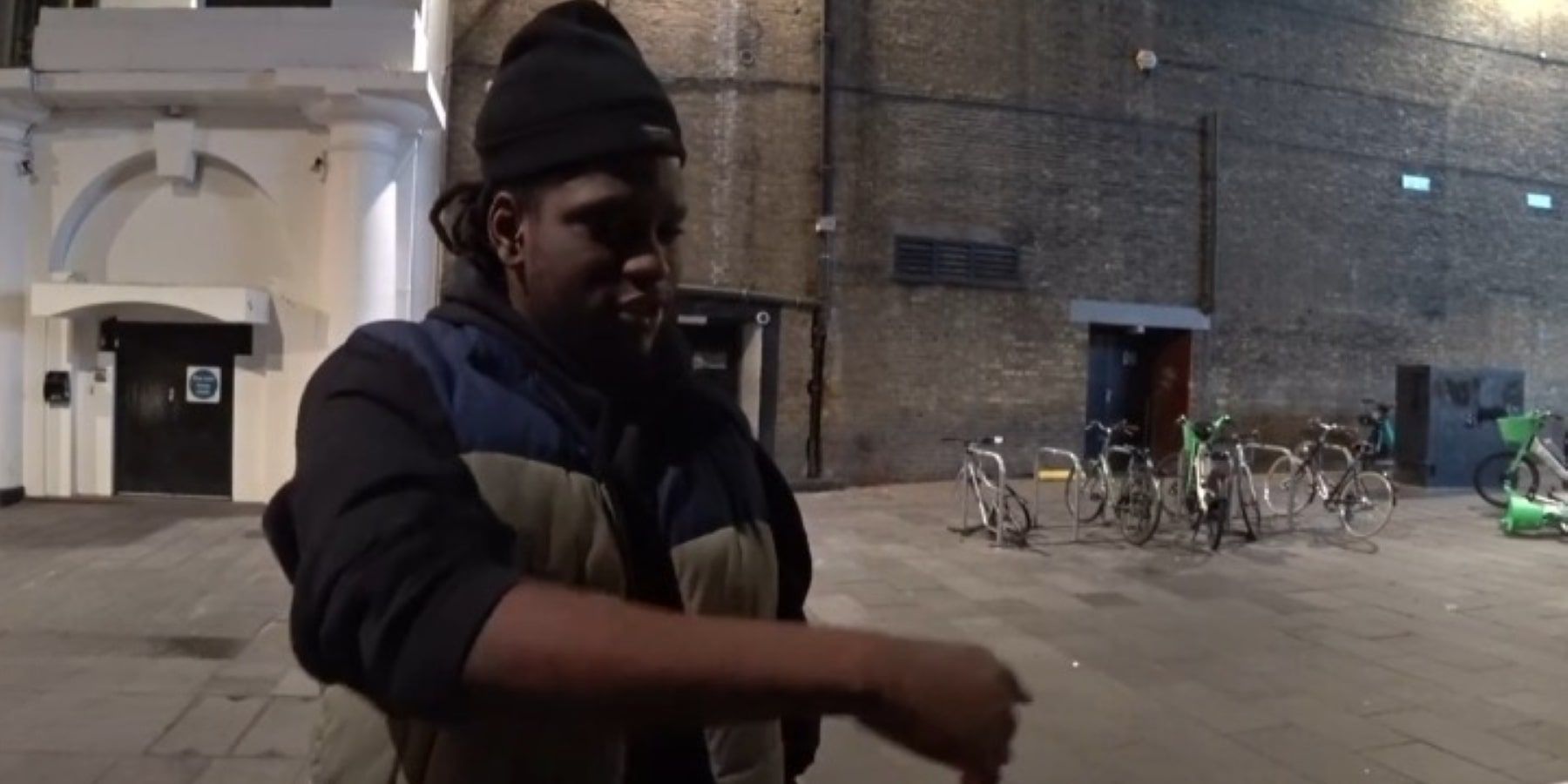Game of Thrones‘ central continent of Westeros is a fascinatingly varied landscape. It experiences every climate, from sweltering desert to freezing tundra. Some regions oppose human settlement, from the sinking swamps in the Neck to the tumultuous Stormlands. No part of Westeros is more hostile than the North, choked with creatures so dangerous that the rest of the continent erected a towering Wall to keep them out. The Night’s Watch once employed a massive army to man that Wall, but their numbers have plummeted.
The central events of Game of Thrones come with thousands of years of history. A fan who only watched the HBO show would have some knowledge of moments like the Long Night or Robert’s Rebellion, but there’s much more to learn. Some of the most compelling elements of the story happened hundreds of years before the first chapter of Game of Thrones. House of the Dragon played with the Dance of the Dragons, but there’s still much to explore.
The Night’s Watch Used to be Massive
The Night’s Watch formed during and after the Long Night. As White Walkers marauded across the continent, killing all who crossed their path, armies rose to defeat them. Humans and the local indigenous species drove the Others to the northmost chunk of Westeros. The Night’s Watch appointed themselves as the guardians of the people against the White Walkers. As Bran the Builder constructed the Wall, the men of the Watch became its protectors. Over the next several thousand years, the Night’s Watch commanded upwards of 10,000 men. They constructed 19 castles, though even at their peak, they could only operate 17 effectively. Over 10,000 still served the Night’s Watch when Aegon the Conqueror united Westeros under the Iron Throne.
But it’s much smaller now.
Game of Thrones begins 298 years after Aegon’s Conquest, with the suspicious death of Jon Arryn. In 298 AC, the Night’s Watch have less than 1,000 men at their command. They control only three of the 19 castles they built over the years. They aren’t what they used to be. Numerically, the force that currently maintains and defends the Wall would struggle to survive more than a few hours of the Long Night. Luckily, they aren’t up against the Long Night anymore. The modern Night’s Watch mostly tangles with the Free Folk or Wildlings who live beyond the Wall. How did they fall so far?
Why are there so few men of the Night’s Watch?
The short answer is that the public perception of taking the black changed dramatically. Shortly after the horror of the Long Night, knights, lords, and nobles willingly gave up their lives of luxury to serve at the Wall. White Walkers inspired fear in the smallfolk and the ruling class, and anyone who would put their lives on the line to fight that enemy deserved honor. As humans left the Age of Heroes, memories of the Long Night faded into mythos, and the Night’s Watch became less valuable. Convicted criminals in Westeros have long had the option to take the black instead of serving their sentence. This was once a common choice for many, from petty thieves to disgraced nobles. Lord Bryden Rivers, once the Hand of the King, took the black to avoid being executed and took 200 of his soldiers with him. In time, the vast majority of men on the Wall took the black with death as their only other option. This changed the perception of the Night’s Watch, guaranteeing most would be unwilling to join.
Substantial percentages of the Night’s Watch died without recruiting new soldiers to replace them. While the black brothers see no White Walkers, the Wildlings beyond the Wall claimed many lives. They killed thousands of Night’s Watch in several raids around 134 AC, coinciding with a deadly famine. These events claimed more than a third of their forces. Wildlings are the mightiest threat facing the Night’s Watch, launching regular attacks on the Wall to drive off the crows and claim scant resources from their lands. The black brothers remain endangered, but the Wildlings are people, further driving the Night’s Watch’s reputation into the mud. Benjen Stark summed the ups and downs of the Night’s Watch to Jon Snow like this:
The Night’s Watch had nine hundred and ninety-six Lords Commander before Jeor Mormont, most of them men of courage and honor … but we have had cowards and fools as well, our tyrants and our madmen. We survive because the lords and kings of the Seven Kingdoms know that we pose no threat to them, no matter who should lead us. Our only foes are to the north, and to the north we have the Wall.
The Night’s Watch’s descent is a result of its function becoming less necessary. The people of Westeros were happy to salute the black brothers when the memory of the Long Night was fresh. They see them as a band of criminals escaping justice when they feel they have nothing to fear. That creates a self-perpetuating cycle, guaranteeing they only get the worst because they expect almost nothing. The Night’s Watch isn’t what it used to be, but the smallfolk of Westeros might be happy to see them up on the Wall if anything goes wrong.
